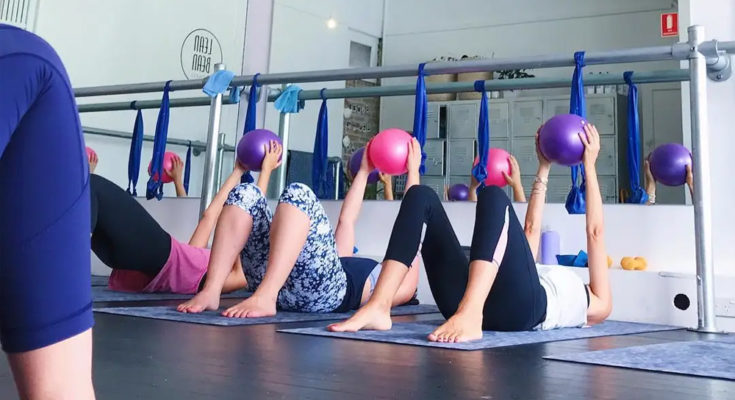As a future physical educator, I’ve learned the very importance of physical education while studying for my degree, but even more so with the involvement with my students. The truth of the matter is physical education class is vital to any student’s success in the future. In the early grades, we go over key motor skill and development tasks. As we progress through the grades, we target other more in-depth skills, such as strategy and cooperative games, that incorporate these fundamental motor skills.
This direction can be associated with our National Association of Sport and Physical Education standards, but more importantly, teach students how to participate in a variety of skills. Other than these tasks, we also can associate physical fitness with fun and positive experiences, by offering our students a chance to expand in their imagination and creativity. These are also vital skills that teach students to come up with their ideas and to adapt to different environments, as they will need to do these tasks daily. The physical education class is the only place that can allow such a dramatic and dynamic learning atmosphere.
The main reason clubs and other various programs do not and will not ever be able to fulfill the skills learned in our physical education class is because they are all based on specificity training. Specificity training is when clubs, memberships, etc. train children and adolescence to be particularly good at one skill. For example, swimming memberships specifically would train students to only be proficient in in-water activities. However, it is common knowledge that a majority of physical fitness happens outside the water rather than in it. While I find the program to be of great value for those who want to go on to swim competitively, it does not teach the motor skills needed to even participate in swimming.
Let’s say you were a student who joined the swim team in your area because your physical education class was terminated at the beginning of the year. Now that your program is cut, you need to attend swim practice after school three times a week for one hour. This means that homework along with dinner will have to wait or be rescheduled for a different time.
You are also swimming around 20-50 laps during practice and learning the max of the four strokes available to swimmers. Now imagine that your physical education class was not terminated and is scheduled twice a week during your school day. After given subject classes you go the gymnasium to find out this week and next you will be touching on your basketball skills with an instant activity and a scooter basketball tournament. The following two weeks your will be playing racketball with again an instant activity, as well as, a mini round-robin tournament.
This example shows how there are multiple of other factors that go into students needing to attend an outside activity rather than a physical education class; for example, after school time taken away from valuable homework time and the fact that being involved in only one activity stiffens a student’s skills and imagination. Also, it is imperative that as physical educator’s we emphasize not only team sports, but also individual sports. Even back yard games such as Can Jam and Horse Shoes are games played at family and community events. If we do not teach these basic games to our students who will? Put yourself in our student’s shoes with this example and examine which is truly better for accomplishing both these goals. The answer is physical education.
It is our duty as a physical education program to teach these skills to our students and associate them with positive memories. This will, in turn, allow students to be excited about physical fitness and be much more successful in helping them continue to participate in physical fitness throughout their life. This is the goal of not just the physical education class but expands throughout our community. As fitness is one of the essentials of life, it is one that is necessary to promote in our communities in a way that has value and success. The physical education classroom is our answer.


